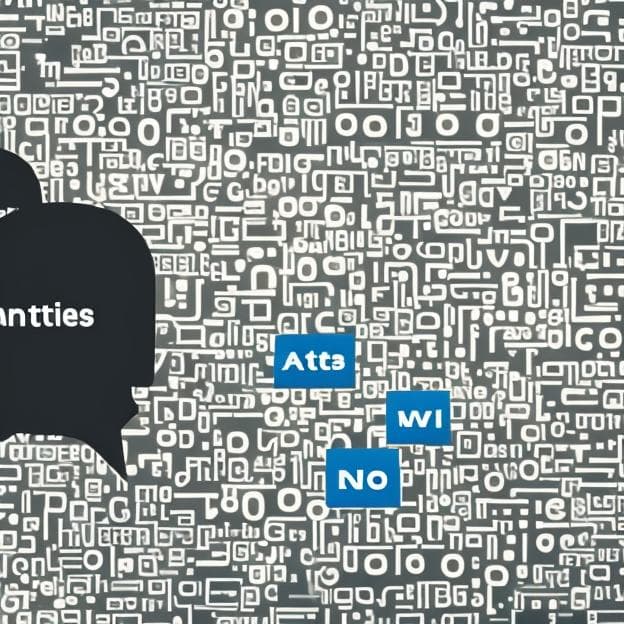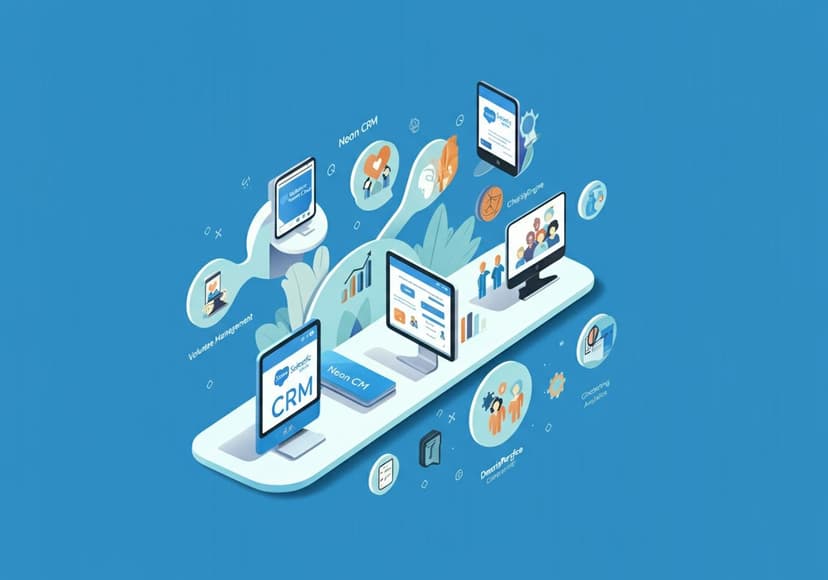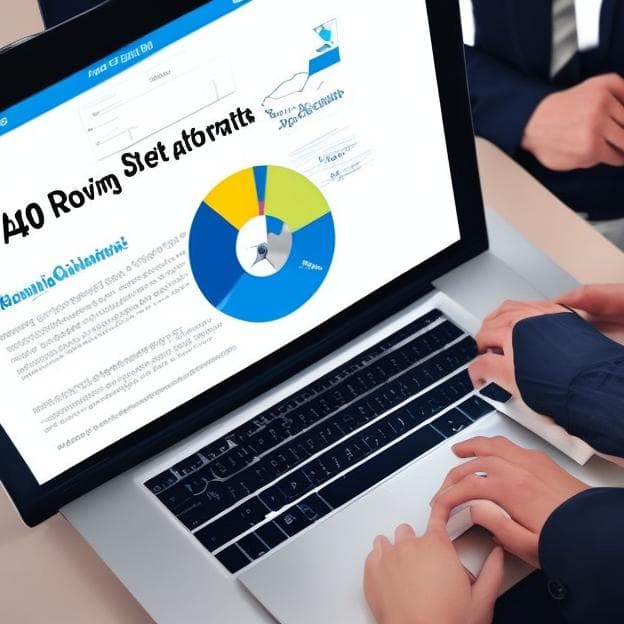Ai-Augmented Graph Generation For Synthetic Data Creation
Synthetic data improves privacy and reduces bias. Graph generation automates synthetic data creation.

Research topics
With the increasing demand for data in various domains, synthetic data generation has emerged as a powerful technique to address data scarcity and privacy concerns. However, traditional synthetic data generation methods often rely on handcrafted rules or statistical models, which can be time-consuming and may not capture the complex relationships within real-world data. In this article, we propose an innovative approach to synthetic data creation using artificial intelligence (AI)-augmented graph generation.
AI-Augmented Graph Generation for Synthetic Data Creation
In the realm of artificial intelligence, the fusion of cutting-edge technologies is revolutionizing the way we generate and utilize data. One such breakthrough is the integration of AI with graph generation, enabling the creation of synthetic data that mirrors real-world scenarios with remarkable accuracy. This article delves into the fascinating world of AI-augmented graph generation, exploring its applications, benefits, and implications for various industries.
Unveiling the Power of AI-Augmented Graph Generation
AI-augmented graph generation involves leveraging the capabilities of artificial intelligence to construct intricate graphs that mimic real-world data structures. These graphs can represent diverse relationships, dependencies, and interactions within a system, providing a powerful tool for data analysis, modeling, and decision-making. By harnessing the pattern recognition and learning abilities of AI, graph generation algorithms can automatically identify and extract meaningful insights from complex datasets, leading to more accurate and efficient data-driven decision-making.
Applications and Benefits Across Industries
The applications of AI-augmented graph generation span a wide range of industries, including healthcare, finance, transportation, and social sciences. In healthcare, for instance, AI-generated graphs can help analyze patient data, identify disease patterns, and optimize treatment plans. In finance, graphs can model complex financial networks, predict market trends, and assess risk profiles. Transportation systems can leverage graphs to optimize logistics, manage traffic flow, and enhance safety. Social scientists can use graphs to analyze social networks, study human behavior, and understand societal dynamics.
Ethical Considerations and Future Prospects
While AI-augmented graph generation holds immense potential, it also raises important ethical considerations. Ensuring data privacy, preventing algorithmic bias, and maintaining transparency are crucial to responsible AI implementation. As the field continues to evolve, researchers are exploring novel techniques to enhance the accuracy, interpretability, and robustness of AI-generated graphs. The future of AI-augmented graph generation promises even more transformative applications, revolutionizing the way we analyze, understand, and interact with data in the digital age.
Conclusion
In this paper, we presented a novel approach for synthetic data generation using AI-augmented graph generation. Our method leverages the power of graph neural networks to learn the underlying structure of real-world data and generate realistic synthetic graphs. We demonstrated the effectiveness of our approach on various datasets and showed that the generated synthetic graphs can be used for downstream tasks such as node classification and link prediction. We believe that our work opens up new possibilities for synthetic data generation and has the potential to revolutionize the field of data augmentation.
Posts Relacionados

12 Tips For Getting Started With Marketing Automation
Marketing automation streamlines tasks and personalizes customer interactions, boosting efficiency and engagement.

4 Popular Crm Software For Nonprofits Guide
This guide showcases four popular CRM software options ideal for nonprofits, streamlining operations and maximizing impact.

40 Best Crm Software For Nonprofits In 2023
Nonprofits can leverage CRM software to streamline operations and boost impact. Discover the top 40 options for 2023.